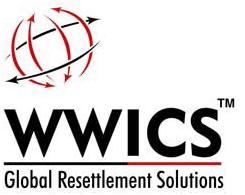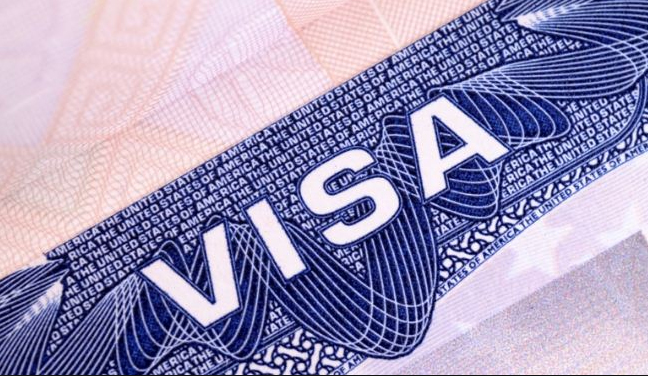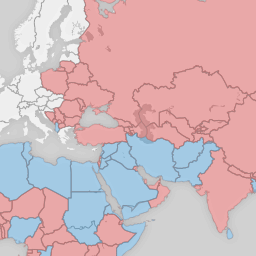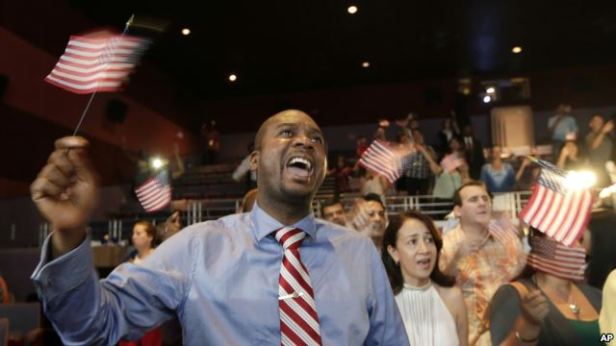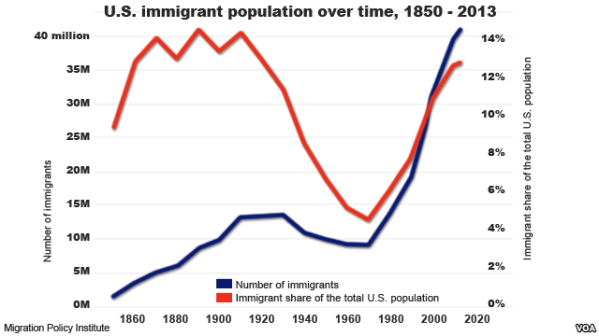NEW YORK: Even as it’s got stymied in efforts to give legal status to millions of illegal aliens, the Barack Obama administration seems to be in overdrive to give additional benefits and work permits to legal residents. And at the same time to adhere to the tech industry demands to open up avenues for more skilled workers from overseas to compete for jobs here.Close on the heels of granting work permits to certain H-4 visa holders who meet eligibility requirements, come news of Department of Homeland Security (DHS) moving forward with proposals to expand the work authorization period for international students on F1 visas once they graduate, known technically as OPT (Optional Practical Training), and make it the same as for H-1B visa workers: a total of six years.
At present, the OPT for international students who finish either an undergraduate or graduate program from an DHS certified educational institution in the US is either 12 months – for non-STEM (Science, Technology, Engineering, Math) related programs – or 29 months, for STEM related programs.
During this period of time, students are allowed to take up any work in their field of study and be paid for it, or not be as a trainee, as the case may. It’s also a crucial time for students who intend to stay on in the US to stake their roots, prove to be an asset at work. Their best bet is to have their company sponsor them with an H-1B visa during the OPT time-frame. If that fails, or even after the company sponsors them for an H-1B visa, but they don’t make the cut in the lottery system due to soaring H-1B visa demand, their next best alternative is to study further, stay on as a legal resident. Ultimately, to try their luck anew at another shot at a work visa.
Many students, however, are forced to go back to their country of origin; cannot afford further studies at exorbitant tuition rates. Some do end up studying further, in hopes their fortunes will change in the next round of application for a work visa. But there is no guarantee plans will work out.
The DHS, it seems, now want to make it a level playing field for F1 students, and give benefits startlingly equivalent to H-1B visa holders.
According to new regulations proposed by the DHS and submitted before the Senate Judiciary Committee, students with STEM degrees can stay on in the US and work for a total of six years under OPT – three years after finishing an undergraduate program, and then if need be, another three years after a graduate program.
Also, for students graduating with non-STEM U.S. degree programs, but who have an earlier STEM degree under the belt, the work period will be good for three years. For example, a student who did an undergraduate program in IT or Physics, and then goes for an MBA, the student would be entitled for three years of OPT, based on his or her undergraduate STEM-related program. For non-STEM related programs, the time-frame for OPT would still remain 12 months.
On the face of it, the proposed new rules bodes well for international students who strive hard to make it to the US. It gives them a better chance and more time to find a job and get permanent residency.
However, there is also little doubt that many of these students may get exploited by employers, be used as cheap labor, without getting benefits too.
Since the student would be under OPT status, the employers would have a different set of rules for them, perhaps treat these students as a trainee or part-time employee for years, not be obliged to provide health insurance, 401K or other benefits.
It’s also unfair that the Obama administration and Congress have not been able to increase work visas – they are still at 85,000, but let hundreds of thousands of graduates annually the liberty to stay on in the country, and pick up any work they receive, for period of three years. It’s bound to undercut American jobs and wages sooner than later.
Which corporate company would not like to hire a student with a master’s degree in Information Technology, or an MBA, for three years as a trainee? Why pay an American worker just starting out a salary of $75,000 when you can get an employee with the same or more skills for maybe $12,000 a year as a trainee?
It’s absurd, but the very companies who may sponsor a student for an H-1B visa and promise full wages as per law, may still continue to employ that student as an unpaid trainee if the H-1B application fails. That frankly, is ridiculous, and should not be allowed.
The government should put laws in place to see that students who are hired during their OPT period are not exploited, or at least see to it that the trainee period for any kind of jobs for international students do not exceed six months to a year, at the most.
Also, the demand for H-1B visas will soar exponentially, to the extent that it may well go up by 100% next year if the new rules for F1 students go into effect this year, and perhaps only 1 out of every 10 candidates may get a H-1B work visa, leaving many talented workers to lose out on a once-in-a-lifetime opportunity.
The DHS proposals for F1 students, if they come through, will undoubtedly also see many more students, especially from India and China, flock to the US.
It must be clarified that OPT is applied for a foreign student on an F1 visa once he or she graduates from a program from an accredited educational institution.
There is another work option for F1 visa students while still enrolled in an undergraduate or graduate degree program: termed Curricular Practical Training (CPT). This CPT option can be used for credit(s) that can be applied to a program per semester, but has to be relevant to the program and directly relate to it; it has to be approved by the department of study too. CPT has to contribute to knowledge and experience of the student in his or her field of study.F1 visa students can be paid legitimately too while under the CPT, although work hours are limited to 20 hours per week.
